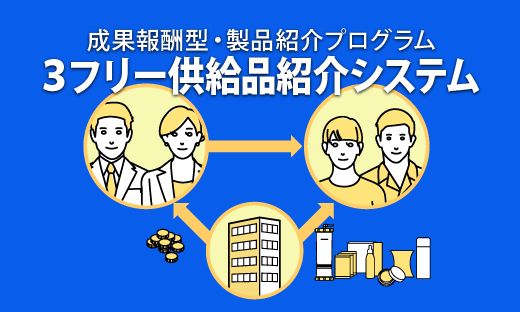Cell therapy was proposed as a potential treatment intervention for liver cirrhosis recently due to the fact that the therapeutic protocol for primary biliary cirrhosis (PBC)-associated refractory umbilical hernia and hepatic hydrothorax is not well defined currently. We report herein the case of a 58-year-old woman who received routine treatments for PBC, which developed into an incarcerated hernia and uncontrolled hydrothorax. This subject’s condition was significantly improved and maintained stable condition after receiving human umbilical cord blood-derived mononuclear cell (CBMC) transplantation. Consequently, this new strategy may be a potential treatment option for the refractory umbilical hernia and hydrothorax caused by PBC. However, sufficient data from large-scale controlled and double-blinded clinical trials are needed to further confirm the treatment efficacy and longterm safety before this cell transplantation can be used as a regular therapy for liver cirrhosis.
ホーム Human umbilical cord blood-derived mononuclear cell transplantation for umbilical hernia and hepatic hydrothorax in primary biliary cirrhosis
前の記事
Oxidative stress and its complications in human health
次の記事
The effect of reduced glutathione on the chondrogenesis of human umbilical cord mesenchymal stem cells


